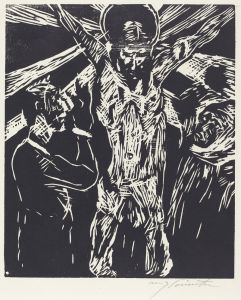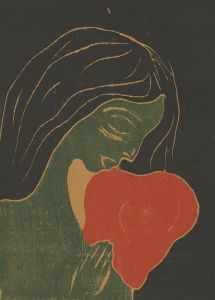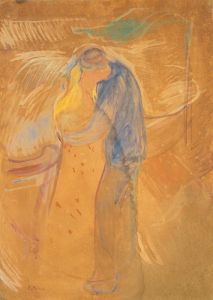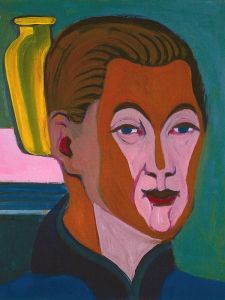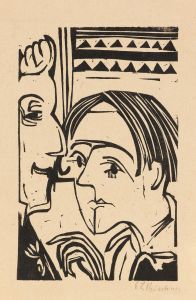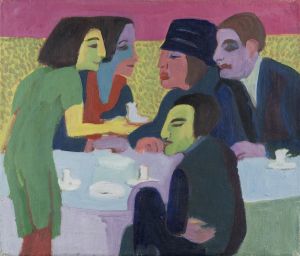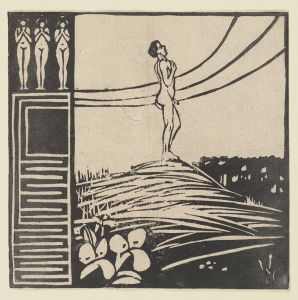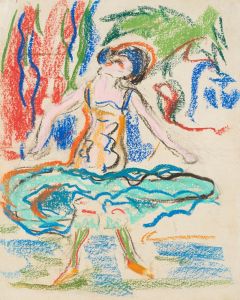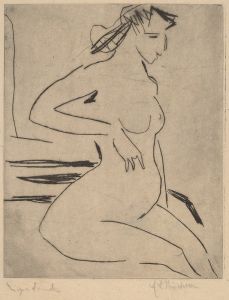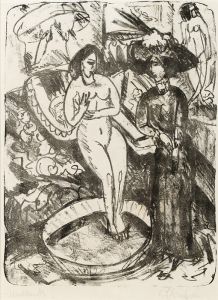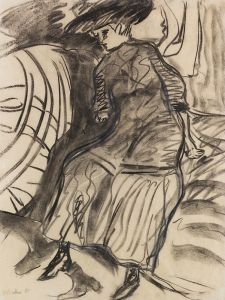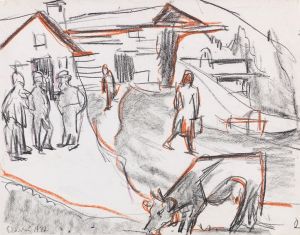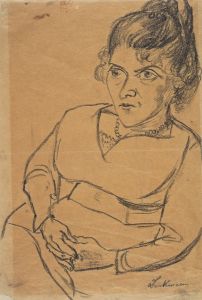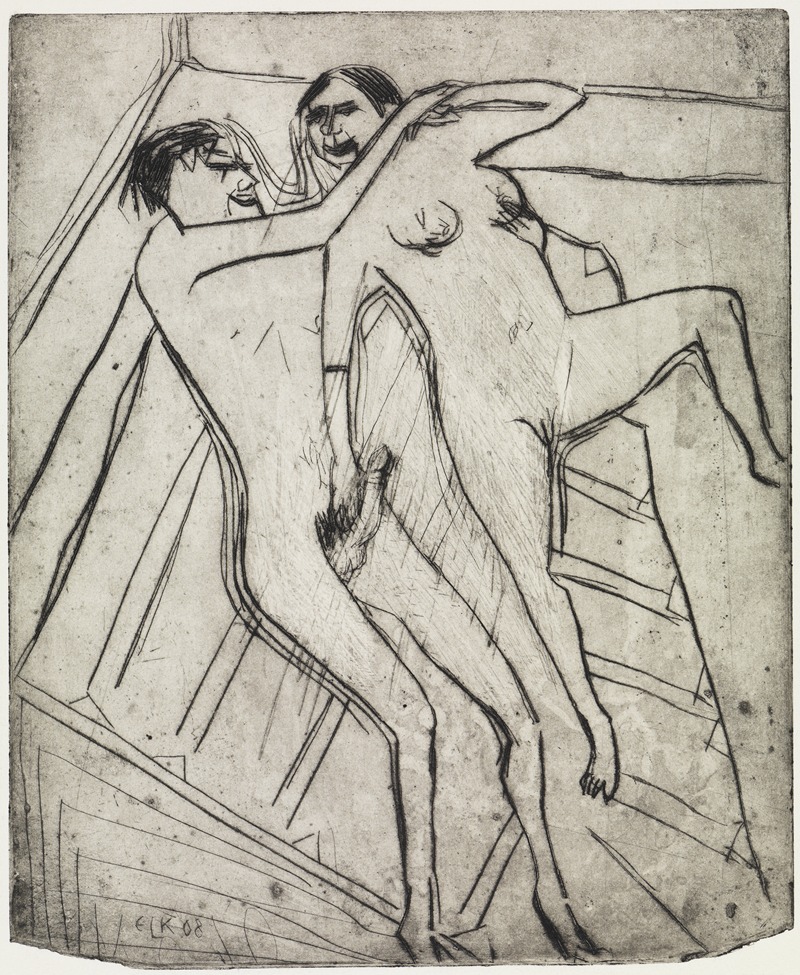
Liebespaar
A hand-painted replica of Ernst Ludwig Kirchner’s masterpiece Liebespaar, meticulously crafted by professional artists to capture the true essence of the original. Each piece is created with museum-quality canvas and rare mineral pigments, carefully painted by experienced artists with delicate brushstrokes and rich, layered colors to perfectly recreate the texture of the original artwork. Unlike machine-printed reproductions, this hand-painted version brings the painting to life, infused with the artist’s emotions and skill in every stroke. Whether for personal collection or home decoration, it instantly elevates the artistic atmosphere of any space.
Ernst Ludwig Kirchner (1880-1938) was a German expressionist painter and one of the founding members of the artist group Die Brücke (The Bridge), which played a pivotal role in the development of modern art in the early 20th century. Kirchner's work is characterized by its bold use of color, dynamic compositions, and emotional intensity. One of his notable works is "Liebespaar" (Lovers), which exemplifies his unique style and thematic focus.
"Liebespaar" was created during a period when Kirchner was deeply involved with Die Brücke, a group that sought to break away from traditional academic art and embrace a more spontaneous and direct approach to painting. The group was heavily influenced by non-Western art forms, particularly African and Oceanic art, which they saw as more authentic and untainted by the conventions of European art.
The painting "Liebespaar" depicts a couple in an intimate embrace, a common theme in Kirchner's work that reflects his interest in human relationships and the human form. The figures are rendered in a highly stylized manner, with exaggerated features and bold outlines that convey a sense of emotional intensity and raw energy. The use of vibrant, non-naturalistic colors further enhances the emotional impact of the painting, creating a sense of immediacy and passion.
Kirchner's technique in "Liebespaar" involves the use of broad, sweeping brushstrokes and a dynamic composition that draws the viewer's eye across the canvas. The figures are positioned in a way that suggests movement and interaction, creating a sense of intimacy and connection between them. This approach is typical of Kirchner's work during this period, as he sought to capture the essence of his subjects rather than their literal appearance.
The emotional intensity of "Liebespaar" is also reflected in the painting's background, which is often composed of abstract shapes and patterns that add to the overall sense of dynamism and energy. This background serves to highlight the figures and their interaction, creating a sense of depth and complexity in the composition.
Kirchner's work, including "Liebespaar," was part of a broader movement within Die Brücke to explore new ways of seeing and representing the world. The group's members were interested in capturing the essence of modern life, with its rapid pace and constant change, and they sought to express this through their art. "Liebespaar" can be seen as a reflection of this ethos, with its focus on human emotion and connection, rendered in a bold and innovative style.
Throughout his career, Kirchner faced numerous challenges, including struggles with mental health and the impact of World War I. Despite these difficulties, he continued to produce a significant body of work that has had a lasting impact on the art world. His contributions to the expressionist movement and his innovative approach to painting have earned him a place among the most important artists of the early 20th century.
"Liebespaar" remains an important example of Kirchner's work and his contribution to the development of modern art. It exemplifies his ability to convey deep emotion and human connection through his distinctive style and technique, making it a significant piece in the history of expressionist art.





